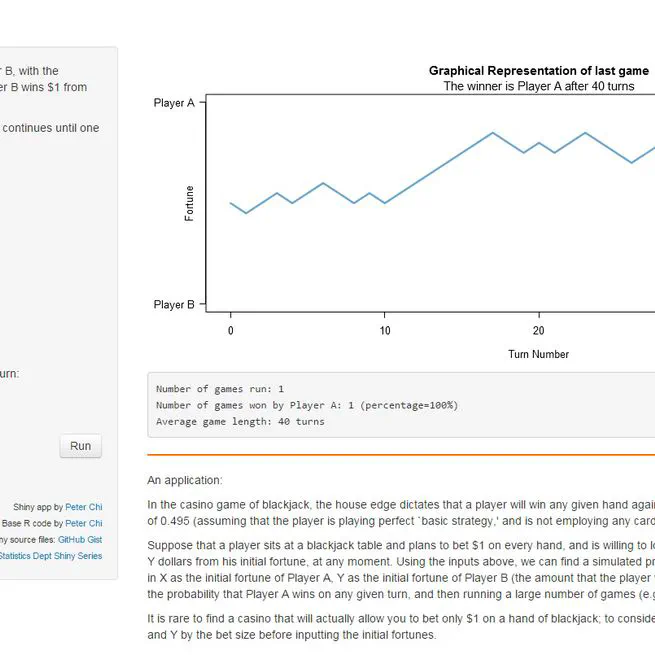Jan 1, 2022

This work demonstrates that the card shuffling procedure commonly performed in casino poker rooms is insufficient for randomizing a deck of cards. We explore this in the context of Texas Hold’em, which has established itself as the most popular form of poker worldwide over the past few decades. We show the degree to which the resulting distribution of the orderings of all 52 cards in the deck after shuffling is not uniform. Rather, any given card may be substantially more (or less) likely to show up as an important card in the subsequent hand. Additionally, we find that the shuffling procedure does not sufficiently separate cards from their starting point; that is, cards are more likely to stay close together after shuffling than they should by chance. Thus, in this work, we demonstrate that Texas Hold’em players can gain an advantage over their opponents by recognizing these deficiencies in the shuffling procedure.
Jan 1, 2022
Jan 1, 2021
Jan 1, 2021
Jan 1, 2020
Jan 1, 2018
Jan 1, 2018
Jan 1, 2017
Jan 1, 2017

This paper was the first ever peer-reviewed journal article to illustrate the usage of R Shiny applets in statistics courses, and demonstrated that they are much more easily customizable for most statistics educators, as compared to applets built under other platforms such as Java. Originally built by our Cal Poly team of three faculty and two undergraduate students, the applets are accessible at ([https://statistics.calpoly.edu/shiny](https://statistics.calpoly.edu/shiny))
Jan 1, 2016